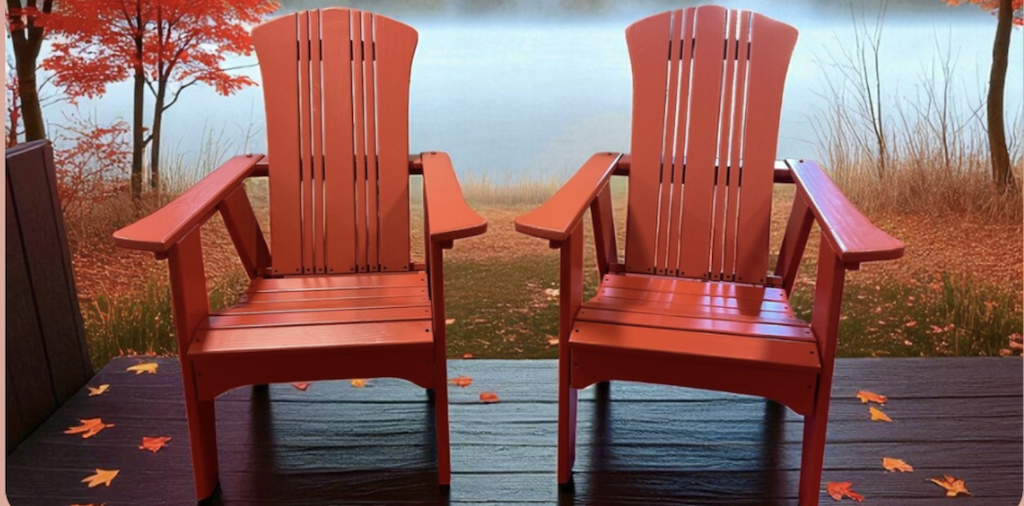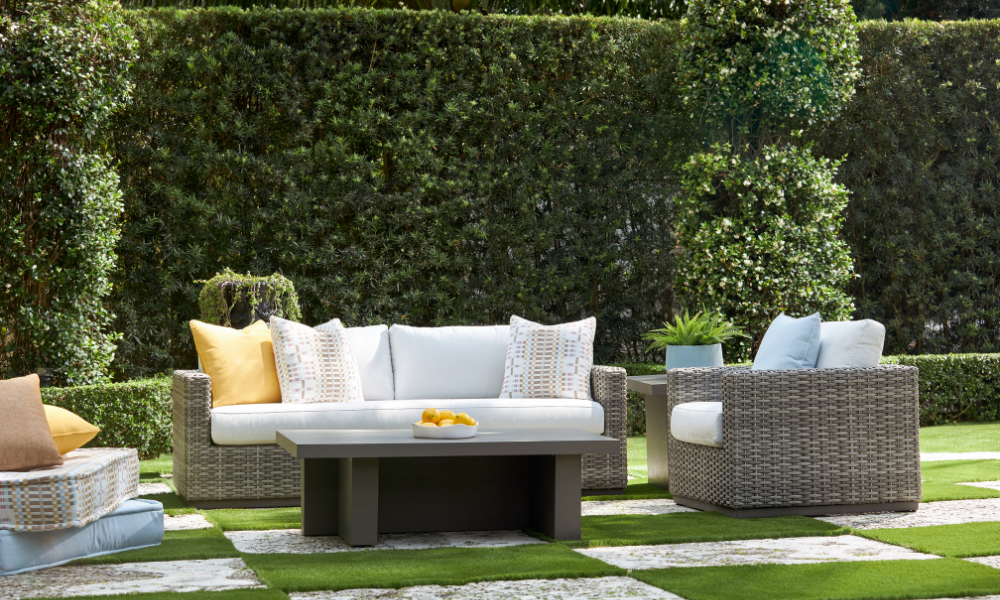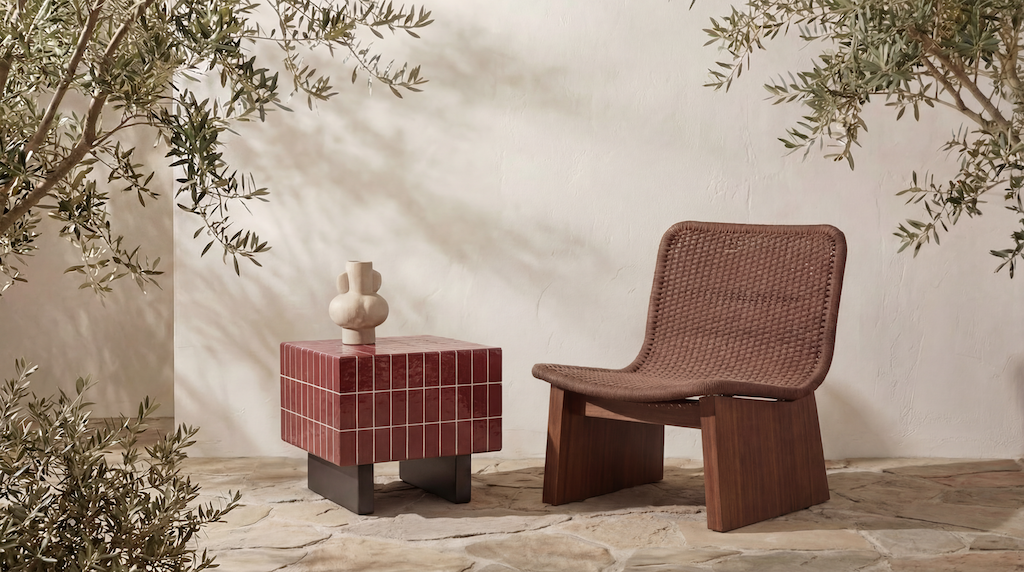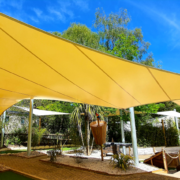Nearly two-thirds (60%) of furniture companies are expanding their use of visualization technologies, such as 360 product views and try-before-you-buy features using augmented reality, according to the results of a commissioned study conducted by Forrester Consulting, on behalf of Chaos, titled “Tech Trends Impacting the Furniture Industry: From AI to 3D Product Visualization.”
A full 70% of companies in the study also identified “revenue growth” as a critical priority enabled by 3D visualization. Companies are confident in the potential of 3D visualization for achieving cost savings that can preserve profit margins, with 39% of companies considering “reducing product returns” as a critical business priority to which 3D tools can contribute.
Although only 17% of companies have fully adopted 3D visualization technologies, an additional 59% are expanding their current adoption plans. A majority of firms (68%) are allocating 10%-25% of their budget toward adopting AI and 3D visualization technologies.
Furniture companies identified some of the top benefits of the technology:
+ Improved customer experience, online or in-store (66%)
+ Increased sales, online or in-store (62%)
+ Increased customer engagement, online or in-store (52%).
Early adopter EQ3 drives ROI by embracing 3D visualization
Companies already blazing a trail with successful execution of these technologies include furniture and goods designer EQ3. Implementing the Cylindo 360 HD Viewer for over 450 products, EQ3 also introduced additional experiential features, such as a 3D room planner and a website-native AR item placement tool.
“One of the challenges in an e-commerce environment is having customers grasp a true-to-life understanding of the product. Uncertainty is a friction point in the path to purchase, particularly for high-dollar items such as furniture,” says Dan Gange, director of e-commerce at EQ3.
“We are now able to provide potential customers beautifully composed imagery with true-to-life textures and shadows in 4K. This comfort has resulted in an increase in customer decisiveness and confidence, shown by a faster time to purchase and users traveling deeper in the funnel at a higher rate.”
After partnering with Cylindo, EQ3 achieved a 36% increase in conversions, an 88% increase in average order value, a 116% increase in page views and a decrease in returns.
The technology behind the experience
Nearly one-third (32%) of furniture companies in the study said 3D visualization is becoming more important and widespread, playing a role in brand differentiation. An additional one-fifth (23%) say that as 3D visualization evolves alongside advancements in AR/VR and AI, this will lead to more immersive and interactive experiences.
Jostein Pedersen, vice president of product – e-commerce for product, production and services at Chaos, said: “3D visualization tools are rapidly becoming industry standard. Retailers are seeking to grow their brands in an increasingly competitive market, characterized by reduced consumer spending and growing expectations for unique retail experiences. In a world of shrinking retail margins, increasing conversions and reducing returns is therefore a top priority. But personalizing product imagery for an entire catalog across a growing number of shopping channels is a huge challenge.
“By embracing the power and scalability of cloud platforms, retailers can turn around massive volumes of assets quickly without the need for lots of additional resources. This explains why a majority of furniture firms think that 3D visualization will be critical to helping them extend their influence and brand reach over the next 12 months.”








